Did the old lady Shapoklyak from the famous cartoon have an umbrella? Did Catherine the Great sell Alaska? Many will answer these questions positively, without even thinking about it. Meanwhile, the heroine of “Cheburashka” did not possess this accessory, and the empress did not make such deals.
Memory can easily give us answers that do not really have confirmation. If you dig around in your head, you will find a dozen “obvious” facts (from history, science, movies, etc.) that are false. With the Internet at hand, it’s easy to double-check them, but we don’t even think about it. False information is presented as truth without hesitation. This is the manifestation of the Mandela effect. What are we talking about?
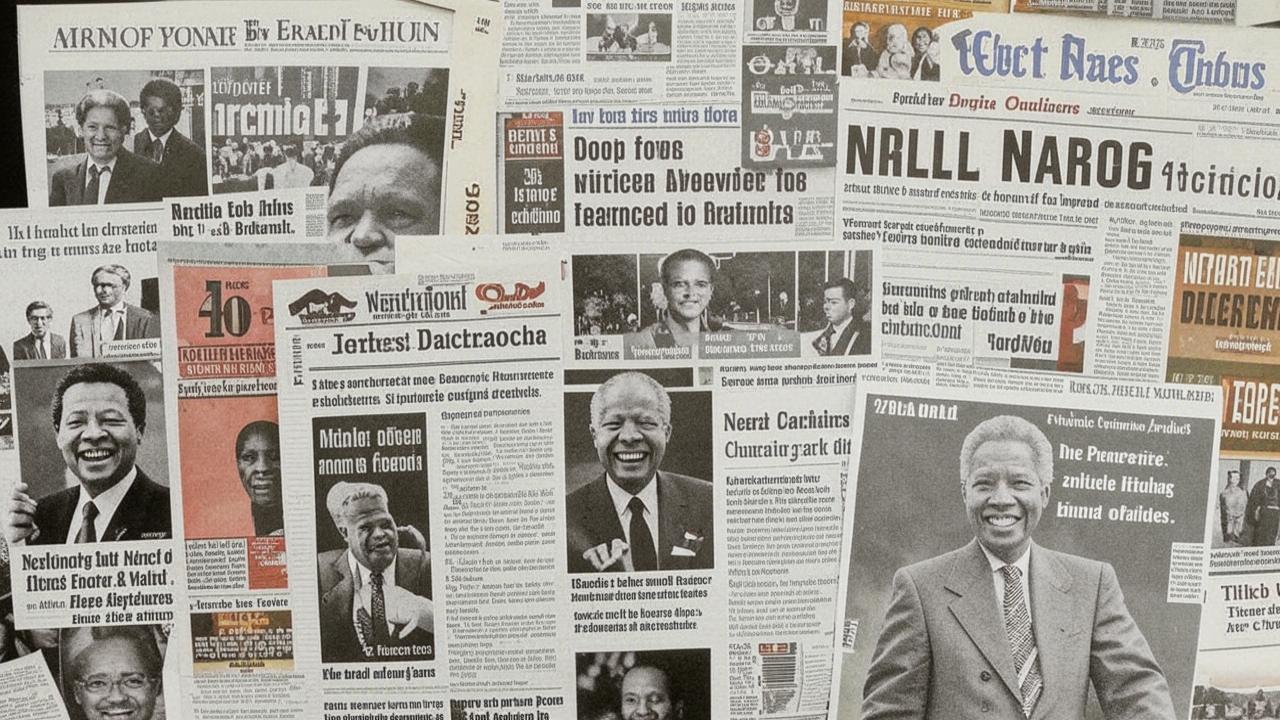
Nelson Mandela
Research and findings
Where did it all begin?
The impetus for research into false memories was the death of South African leader Nelson Mandela (2013). After the incident, a publication by American writer and paranormal researcher Fiona Broom came out. She stated that she was shocked by the news. It seemed to Fiona as if the civil rights activist had died decades ago during his imprisonment. Thousands of people under the post confirmed that they thought the same thing….
Fiona even tried to explain the false collective memory effect with conspiracy theories about consciousness transfer to another reality. However, the world scientific community was not satisfied with such explanations. The phenomenon was given a name – the Mandela effect and began to conduct research.
A revealing experiment
To make sure of the effect, an experiment was conducted. Subjects were offered three versions of logos, icons and drawings familiar from childhood. For example, the image of a banker from the game “Monopoly”. One version was correct, the other two were distorted. A total of 40 symbols were demonstrated.

The result surprised everyone: only in 33% of cases the correct answer was given. The rest of the subjects chose the wrong images. At the same time, everyone who gave an answer was convinced of the accuracy of his choice. Scientists recognized that the Mandela effect exists and represents a frequent collective memory error.
How and why does it happen?
Dependence on other people’s opinions
The researchers found it difficult to name the exact causes of the phenomenon. Variations of the images used in the experiment could produce different effects. Some subjects relied on childhood memories, others – on experience with previous pictures. No clear trend could be traced. Work in this direction continues.
Psychologists have agreed on one thing – strong influence on false memories is exerted by social groups in which a person is located. The opinion of the environment is more important than subjective knowledge about the subject.

Connection with the workings of the brain
To explain the causes of the Mandela effect at the physiological level, we need to delve into the mechanisms of memory functioning. To illustrate, let’s take a working computer and the files stored in it.
New knowledge is put into separate folders and placed in the archive. As a rule, a person uses only a part of them. The rest of the files continue to lie untouched for a long time.
When the brain receives a task to retrieve certain memories from the archive, neurons create new connections. As a result, the file from the depths of memory resurfaces in a distorted, overwritten form. The validity of the information may be lost, and new associations will arise in the mind.

And here it is worth returning to the conclusion about our dependence on the opinion of social groups. It is the influence of the masses (sometimes false) that can form the distortion in memory files. This is what psychologists believe.
And what else?
We asked psychologist Stanislav Sambursky to share his opinion on the causes of the Mandela effect and break down its typical manifestations.
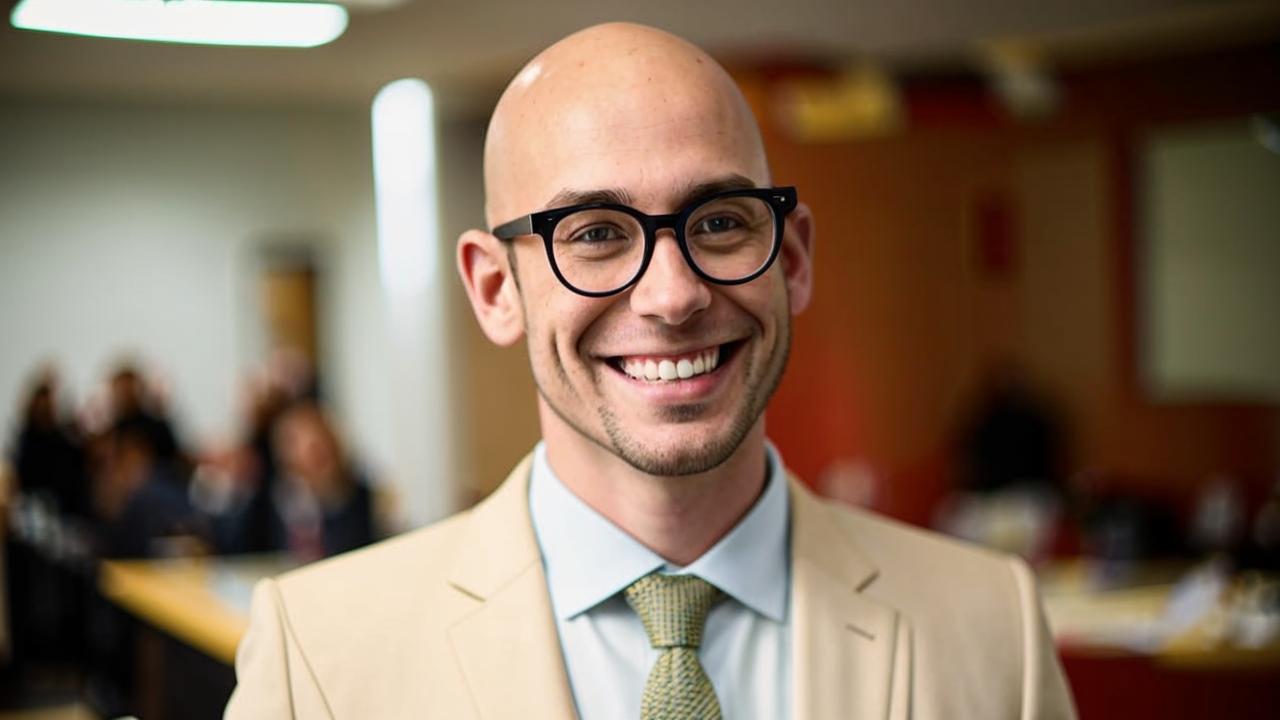
business, clinical psychologist
We live in the age of flourishing digital technologies and practically never leave social networks. Once you unlock your smartphone, people immediately dive into news feeds and articles, some of which are of dubious origin. Users absorb what they see, snatching scraps of phrases. Their heads boil a brew of facts and misinformation. In this case, few people check the reliability of the received knowledge, which leads to a distortion of reality.
Then a person passes the wrong information down the chain. The effect of a spoiled telephone is created – unreliable facts grow, pressed and firmly settled in heads.

Distortion of facts occurs not only under the influence of mass media and other media spaces. Often the reason is in the cognitive abilities of a person, his irrational thinking and unwillingness to learn, to delve into the issue, to make independent conclusions.
The desire to brighten the news and stand out from the rest also creates the Mandela effect.
People tend to dramatize, exaggerate and outright twist to make the story as memorable as possible. As a result, the string of lies stretches around the world and is passed on by word of mouth.
Add to this the banal self-indulgence and manipulation of consciousness … In general, it is not surprising that people believe in unproven nonsense.
Examples of the Mandela Effect
There are some facts that a lot of people stumble over. They are direct evidence of the Mandela effect. Here are four popular misconceptions.
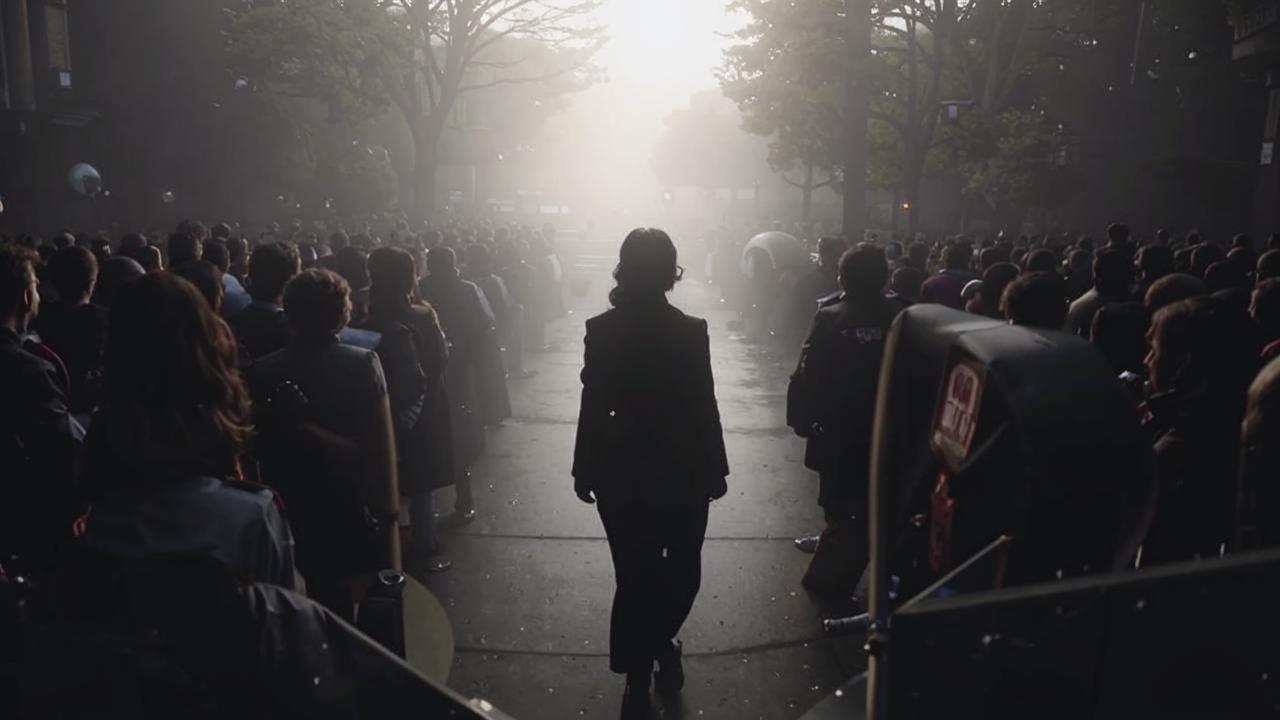
Boris Yeltsin
1. Boris Yeltsin’s words
Do you remember the president’s phrase that became a meme? Surely right now in your head sounded: “I’m tired, I’m leaving”. Now, pay attention: Boris Yeltsin did not say that. If you dig into the sources, you can find another sentence said by the president: “I’m leaving. I have done everything I can.” But it is the first version that is fixed in the memory of many people, which was never actually heard.
2- Princess Diana’s accident
If you dig into the memory, then many will present a picture from the scene of the tragedy. In the minds of some will even pop up a video sequence, where the car at high speed crashes into the concrete barriers of the Paris tunnel. Attention, it was only a dramatization of the accident that killed Diana Spencer. The clip was played on TV so often that many people still mistake it for a real video of the tragedy.
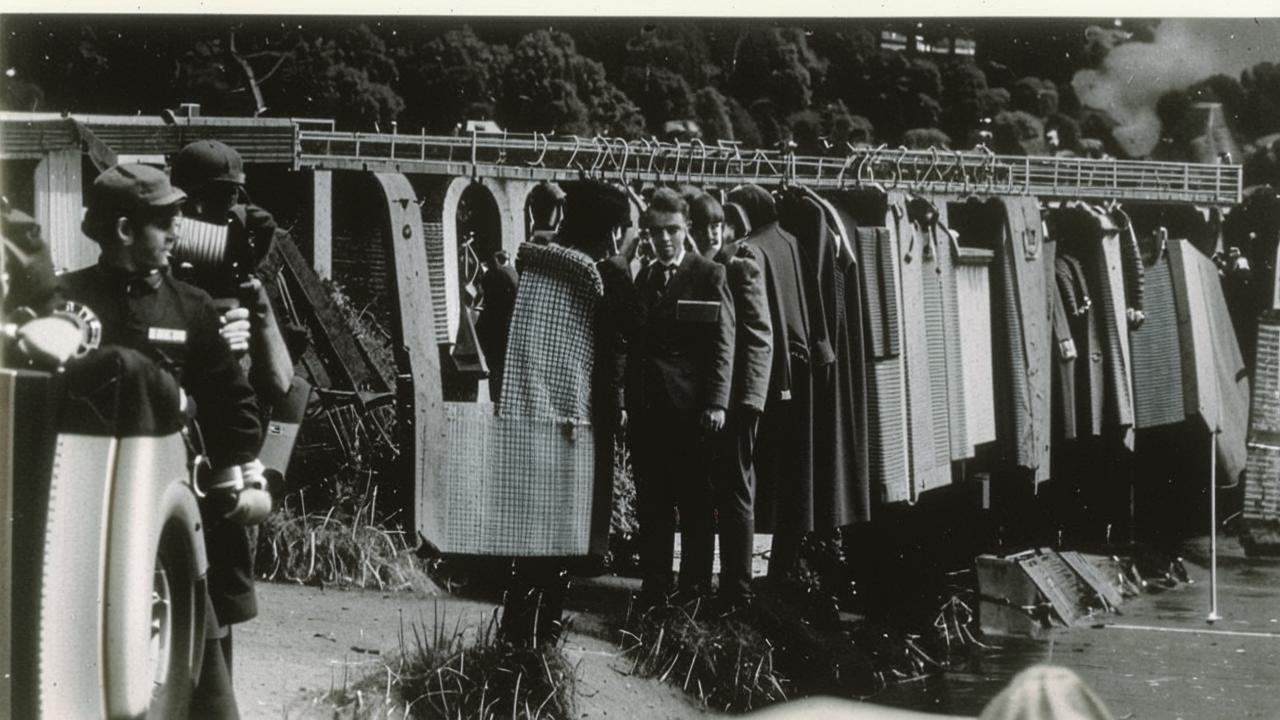
Diana Spencer
3. Hemingway’s Baby Shoes and Wager
“Baby Shoes for Sale, Unworn ” is the short yet touching short story that legend has it that Ernest Hemingway wrote in the 1920s. Legend has it that he did it on a dare to prove his skill to his colleagues.
The goal was to create the most concise work that would bring tears to his eyes. It worked. Just not Hemingway’s. Literary researchers and critics have found no direct evidence of authorship.
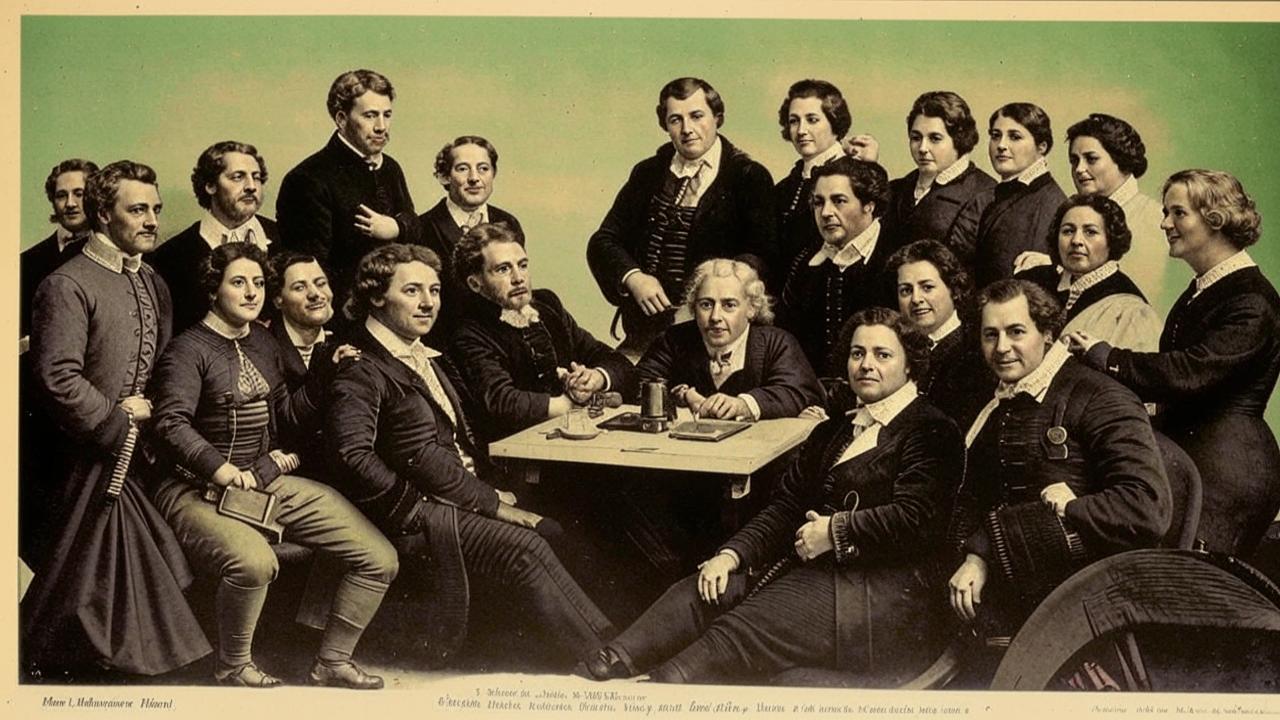
Ernest Hemingway
Perhaps the line was written by another writer whose identity has not been established. Or similar sad announcements were indeed printed in newspapers, but in the minds of the masses Hemingway’s authorship was preserved.
Such examples of appropriation of phrases and even entire works of famous authors – a great number.
4. Mickey Mouse shorts
The image of our favorite cartoon character immediately pops into our minds when we talk about him. We can accurately describe the color scheme and clothing without doubting the details. Interestingly, many people are sure – Mickey wears shorts with suspenders. In fact, this is not the case. The character wears shorts with buttons. There are no further structural details.

Mickey Mouse
At first glance, false facts and believing them is not particularly dangerous. Is it scary to mess with Mickey’s closet preferences or inaccurately reproduce Boris Yeltsin’s farewell phrase? No. However, it’s not that simple.
First, the story becomes less innocuous when the facts are related to science, health, and other important areas. Second, the most dangerous thing here is the habit of taking facts on faith without engaging critical thinking.
How to counteract the Mandela effect?
So, the most effective ways to prevent the spread of false collective memories are: working on mindfulness and developing critical thinking.
In our age, when there is a lot of information and no one guarantees its authenticity, one should not be lazy. It is necessary to conduct an independent search for facts and double-check them. This is the only way to protect your mind from other people’s fictions.

3 ways to develop critical thinking
- Ask clarifying questions about any fact you receive. Question every phrase and dogma you hear. Formulate clarifying questions as you delve deeper into a topic. This skill will be difficult at first, but it can be practiced gradually.
- Find evidence to support or challenge the facts. Read scientific articles, encyclopedias, consult experts. Collect and analyze the information received.
- Expand your horizons. To understand where the fact is false, and where reasonable and proven, you need to have a stock of your own knowledge. The bigger it is, the harder it is to be deceived.
Having dealt with the issue of the Mandela effect, a person gets the ability to think critically and becomes a creator of his life. The ability to analyze information is an important skill. It comes in handy in all spheres.






